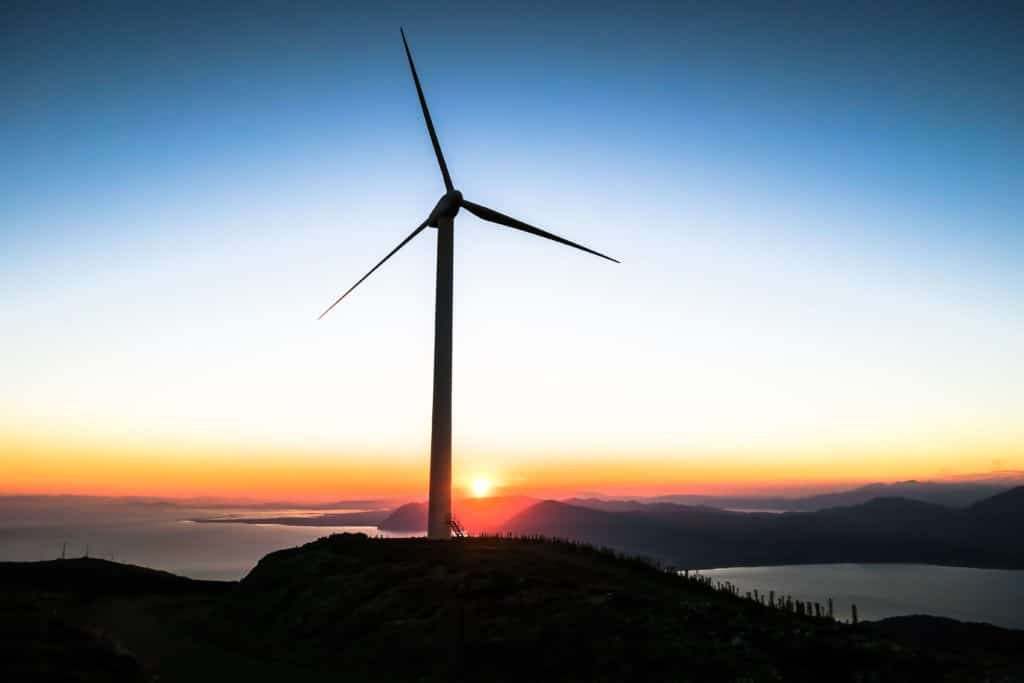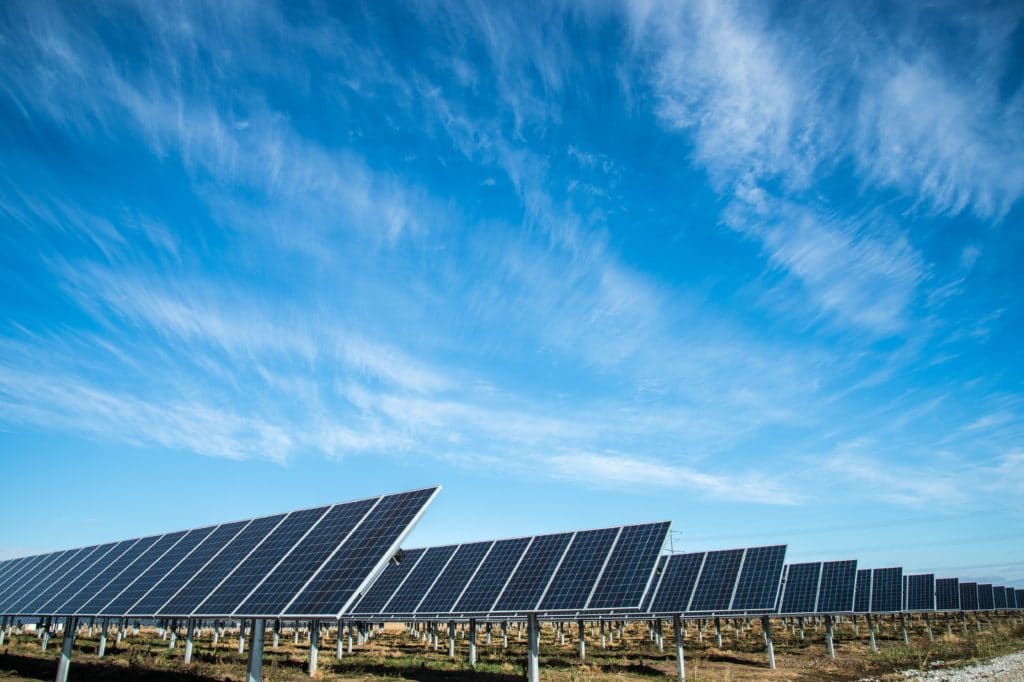*This is part of a summer blog series written by an anonymous member of our alumni community. The opinions expressed here are independent of GREEN Program and do not necessary represent the views of our organization.*
Stop me if you’ve heard these words tossed around in the last 5 years when climate change comes up:
Hydropower, clean energy, biodiesel, solar power, wind turbines, the future of energy!
You have undoubtedly heard these words unless you have been living under a dark, oil covered rock. But, what do they all mean? Some say the future, some say an unsubstantiated ‘fad’, some think unreliability. Personally, I say both. Renewables are both the future of energy, and a dreaded path to continued overconsumption, an issue that NOBODY is talking about.
Energy at a glance
In order to get energy, we obviously need to mess with the feng shui of Earth. This means producing the unavoidable greenhouse gasses and air pollution. Oh well, I need my iPhone, Twitter, and Amazon Prime Two-Day shipping. We have electricity and incredible technology, why not use it!
Where do we get energy from?
Use these emission numbers for comparison. They are measured in pounds(lbs) of CO2 emitted per Kilowatt Hour(kWh) of energy produced. (kWh is the amount of power consumed or produced in one hours time [a typical Walmart will consume 24,520 kWh per day or 30 tons of CO2 if powered by coal] )
Life-Cycle Global Warming Emissions of natural gas 0.6-2 lbs/kWh
Life-Cycle Global Warming Emissions of coal 1.4-3.6 lbs/kWh
Based on 2017 reports, 19.3% of global energy consumption was from a renewable source (This is good!!). That is even more promising than the numbers that were shown in 2015! Now let’s talk about the negative effects of ditching dirty oil and natural gas for wind, solar, and hydro (limiting this analysis to these three because they are the most well known and talked about).
Wind
When was the last time you saw a cloud of gas or smoke coming from a wind farm? Oh, that’s right, you probably haven’t and that is because wind is one of the cleanest energies out there. Awesome! Let’s toss these everywhere then right? Wind is, in fact, extremely prominent throughout the US and offshore. What people forget to think about when ‘clean energy’ is thrown out there is the upfront carbon cost to manufacture, transport, and maintain wind turbines (like they say in every econ class, there’s no such thing as a ‘Free Lunch’). You have a good amount of fossil fuels going into the production of these large pinwheels. The biggest strike to wind is that it is volatile in many parts of the country, so big wind energy might mean rolling blackouts.
Life-Cycle Global Warming Emissions: .02-.04 lbs/kWh ((So Low!)) (.36 tons of CO2 to run that Walmart)

Hydropower

Hydroelectric power is by far the most prominent renewable energy consumed today (almost double the amount of wind, solar, and geothermal combined). The worst part about hydropower is that we have almost exhausted all of the locations for these plants. In doing so, we have flooded areas of civilization (Three Gorges Dam, sry China), dismantled the flow of marine life (sry fishies), and have basically traded out CO2 for Methane (huh?). Well, when the flow of a river is restricted (dam), there is rot (algae) that manifests in the water at higher rates releasing quite a bit of methane gas. FYI, methane kicks global warming in the butt 3 times harder than CO2 does. So methane = v bad.
Life-Cycle Global Warming Emissions: .5 lbs/kWh (we think, ..) (2.45 tons of CO2 to run that Walmart)
Solar
We literally have a MASSIVE nuclear fusion reactor 92 million miles away from our humble abode. Best thing about this reactor (besides that sweet, sweet vitamin D) is that we have found a way to get our Apollo on and literally harness that energy. Science! Why aren’t we just covering every open area with these panels? First off, we don’t really have those open areas to begin with when talking global scale energy. If you set aside land for solar farms it basically is the only thing that can occupy that land (where a wind turbine can be tossed on a farm with little to no effect on the livestock).

Secondly, you better start rationing your water, because solar power uses A LOT of water to keep solar thermal panels cool enough to operate efficiently (think of it as when you’re catching some rays and need to jump in the pool to cool your body down so you don’t just melt through your chair). The other drawback to solar is the materials and the ‘dirty’ manufacturing process. Photovoltaic cells are fabricated out of silicon and other semiconductors that need to be cleaned with harsh chemicals to ensure purity. This isn’t a consumer or generational concern but it needs to be mentioned.
Life-Cycle Global Warming Emissions: .08-.2 lbs/kWh (1.7 tons of CO2 to run that Walmart)
So what?
So all of these options are much better than coal and natural gas. SO much better, but what does more renewable energy mean — more consumption. It is the same concept as keeping junk food in your house. When it is there you’re going to eat it.
Globally, we have increased energy consumption every. single. year. The pattern here is technology. Look at every year there has been a technological advancement compared to the year before it:
2005: Cheap laptop production (+2.78%)
2008: First touch screen phone (+1.2%)
2015: Quantum Computing (+1.1%)
2017: Nanotechnology advancements (+2.3%)
*Fun Fact, we are up 60% since 1990 (when the World Wide Web was created)
Advancements in technology means an increase in energy consumption. That is totally okay! These advancements have contributed so much more positive than the negative they bring. We are leaps and bounds ahead in this world because of technology. So technology itself isn’t the problem, the problem is consumption. We need to stop working on energy production and start mitigating energy management and overconsumption.
Picture this: it is 2045 and renewable energies make up 55% of our consumed energy. On the surface it looks great because we are consuming more renewables than fossil fuels, but do the math: with a ~2% energy consumption increase per year due to technological advances (the current trend we have been on for 10 years) we will be at an astronomical amount of total energy consumed. Mind you, 45% of that energy will still be produced via ‘dirty’ methods and 45% of this total energy is comparable to the amount we are producing right now. Therefore, it took us 25 years to go absolutely nowhere in the grand scheme of things (granted, this entire 2045 and ~2% situation is a ‘worst case scenario’). That doesn’t mean a smaller scale of this issue won’t rear its’ ugly head. The real issue with energy moving forward isn’t how ‘clean’ it is. The issue that needs to be addressed is overconsumption.
